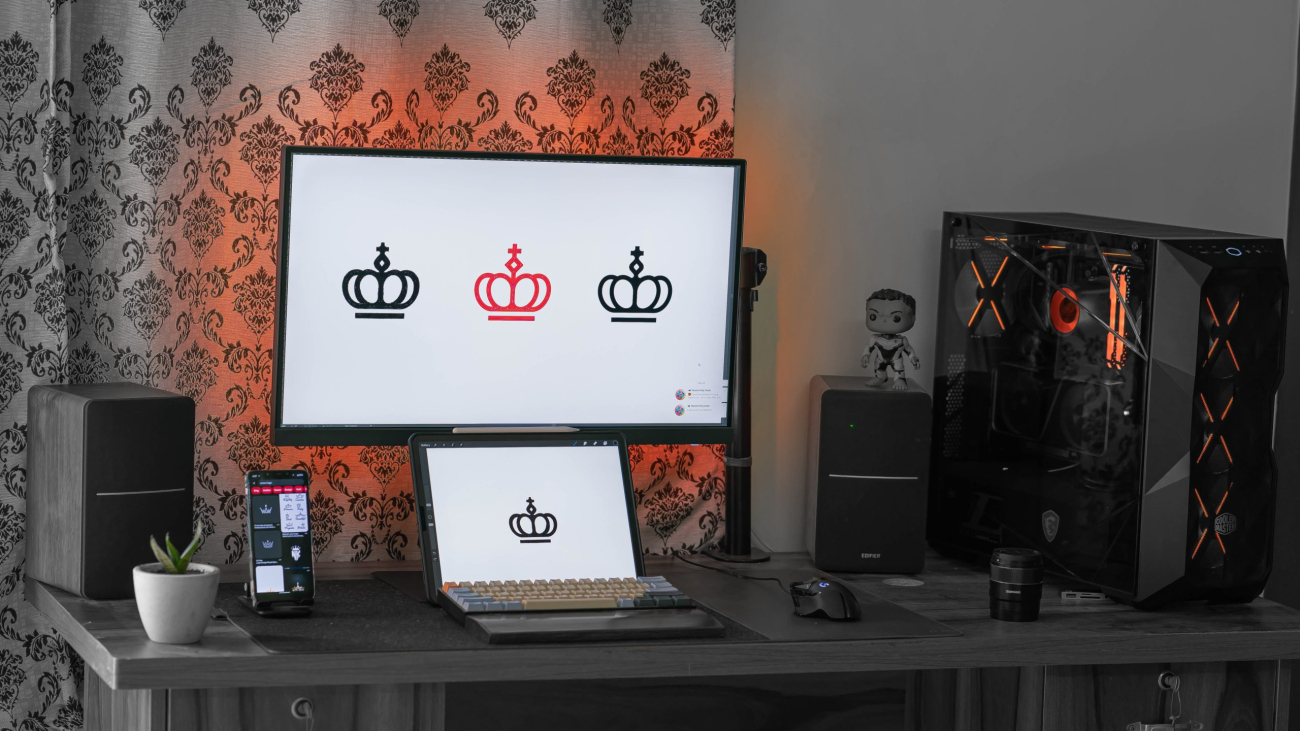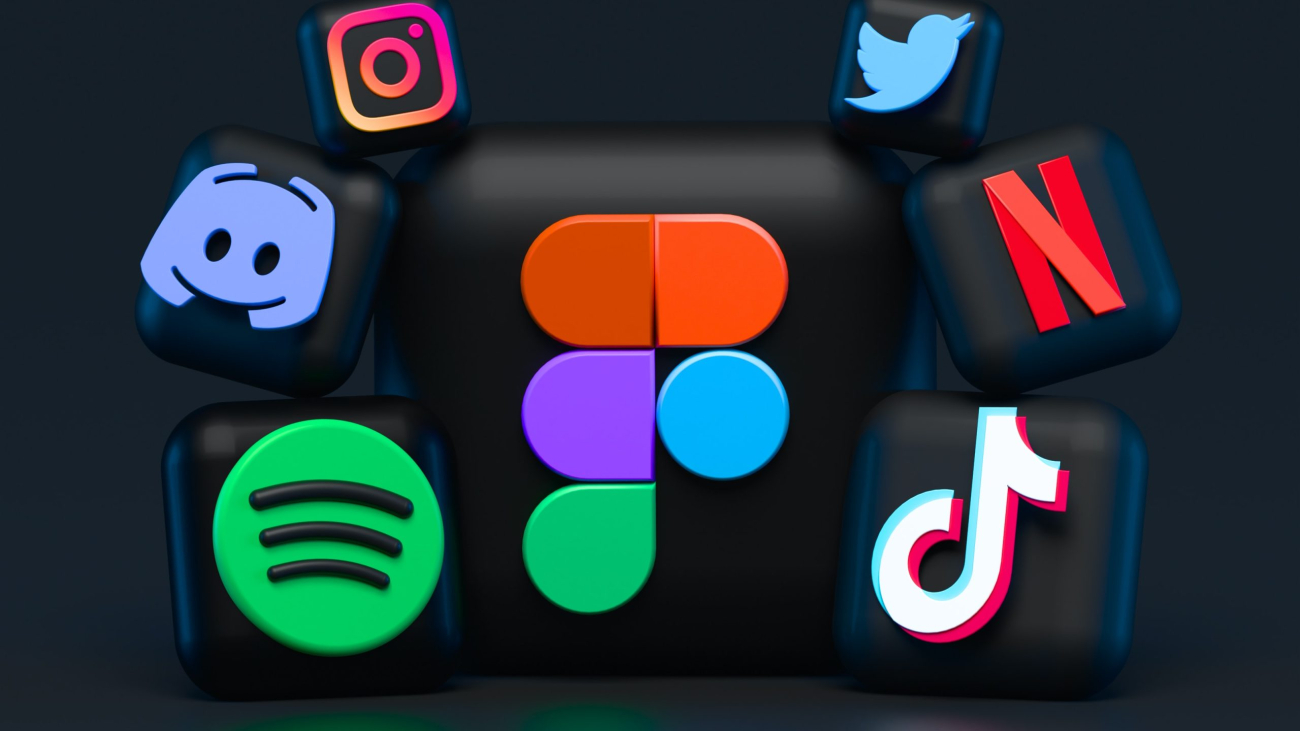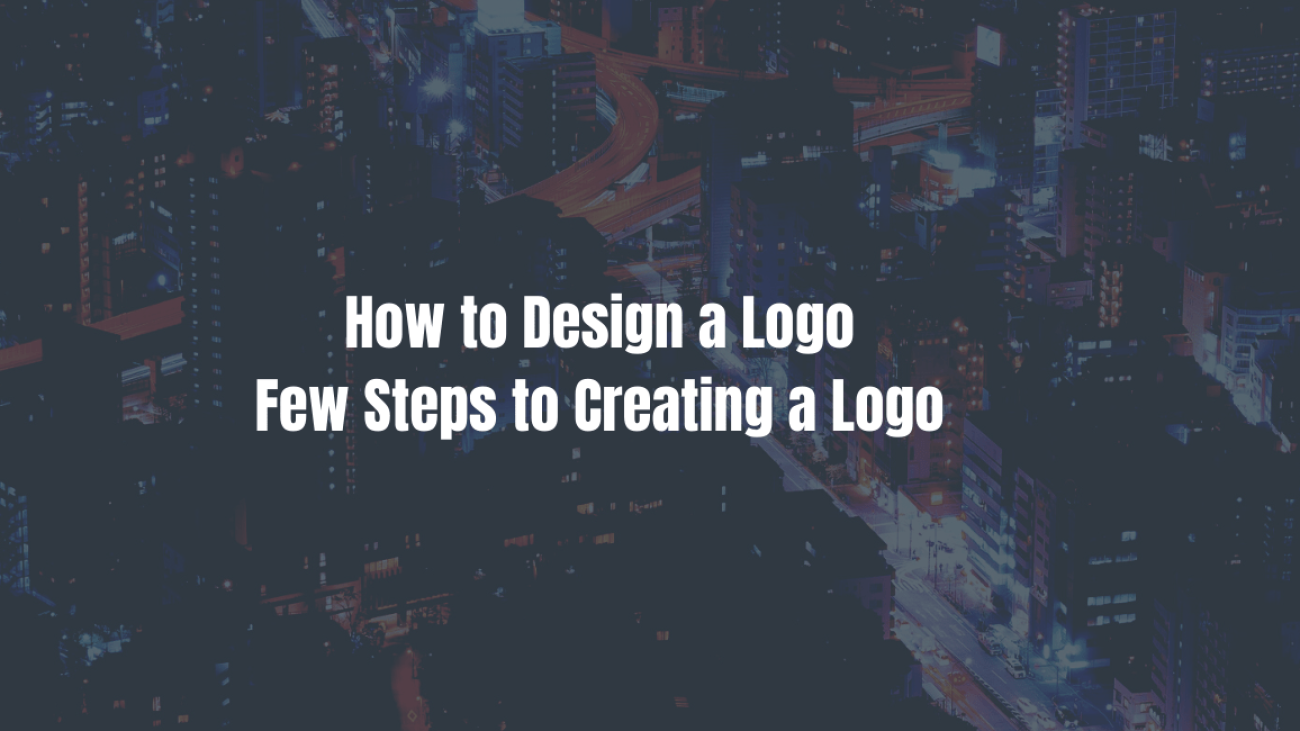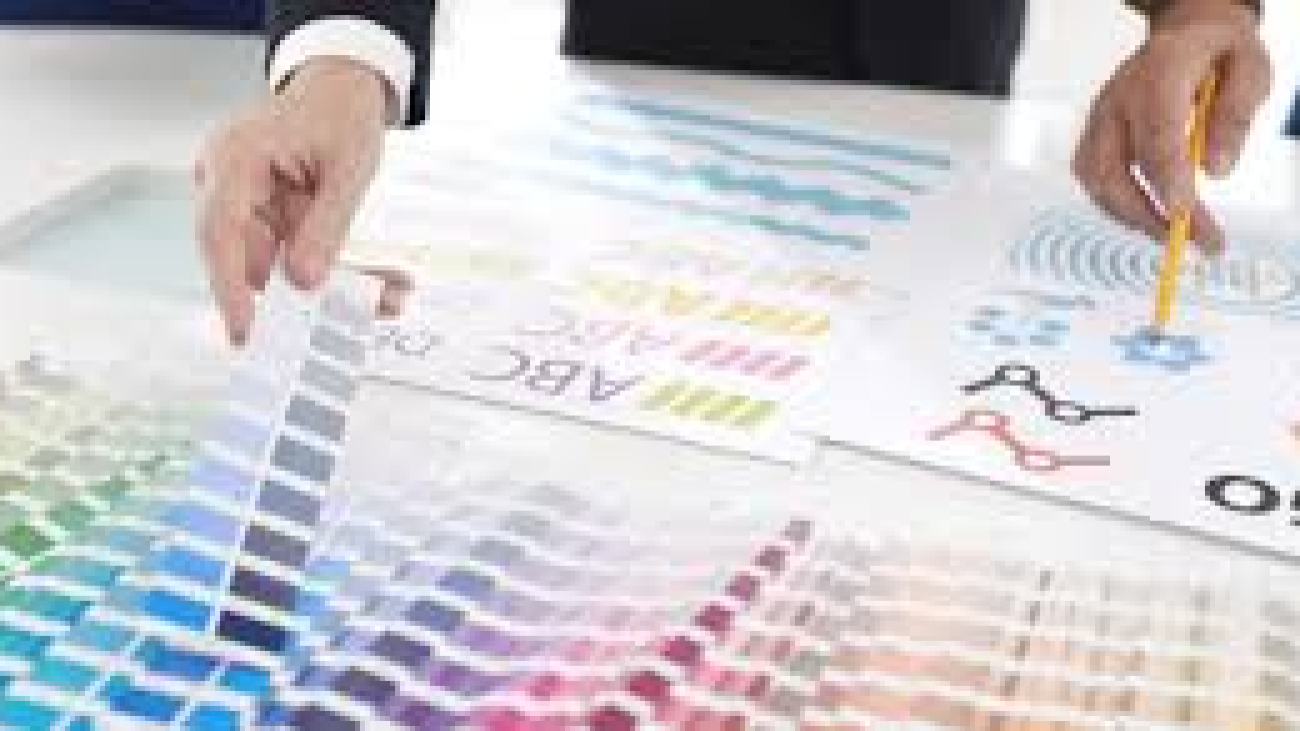So you need to plan a logo for your organization or association. In the event that you have the assets, our first idea is to recruit or commission a fashioner. Planning a logo may appear to be basic, yet ask any great architect and they’ll reveal to you it’s not. The planning cycle once in a while is.
Also, you get what you pay for, and we need you to have the best.
Be that as it may, in the event that you need to begin constructing your image’s visual character and recruiting a fashioner isn’t a possibility for you, we’re here to walk you through it. We requested three fashioners with a consolidated 25+ years of experience to impart to us how they plan a logo.
What is a logo?
This inquiry likely invokes clear pictures of an acclaimed swoosh or an apple with a nibble removed from it. All things considered, we as a whole understand what a logo is.
A logo is an image or configuration used to distinguish an organization or association, just as its items, administrations, representatives, and so forth
In its least difficult definition, a logo distinguishes. It’s the means by which your organization is perceived and recalled among others. It likewise works as the substance of your business.
Your logo can likewise be a chance to say something about your association. Take Amazon’s, for instance. The smiley bolt imparts that the organization sells everything from “A-Z” and furthermore addresses how cheerful clients are at the point at which they shop with them.
One admonition is that despite the fact that a logo can pass on a more profound significance, it doesn’t need to. Indeed, most organizations attempting to settle on a logo are just asking a lot of it. Every one of the three of our creators concurred the vast majority put an excessive amount of confidence in logos (geeky configuration joke expected).
So recollect, a logo may assume a significant part, yet it isn’t all that matters.
This is a typical conflation, yet your logo isn’t your imagination. Also, your image isn’t your logo. Your image is immaterial; it’s your standing—people’s opinion about when they hear your name, what they inform others concerning you, and how you affect them. Your image is worked from 1,000 touchpoints with your clients—not from a logo.
Your visual personality
At the point when new organizations or associations demand a logo, a decent planner will say, “You don’t simply require a logo, you need a brand personality.” Logos are important for the image, yet they’re not the whole thing. They’re only one picture inside a bigger visual framework that incorporates your shadings, typography, photography, visuals, format, and so on
A pointer of accomplishment
Your logo won’t represent the deciding moment of your business. Enron’s logo was acceptable, however, the organization’s moral code wasn’t. Two Men and a Truck is a billion-dollar organization, and its logo is a stick figure drawing planned on a napkin by the authors’ mom. The best logo on the planet can’t save a bad business, nor can the most exceedingly awful logo keep down a genuine one.
Presently that we’re sure about what a logo can and can’t do, we should begin the plan interaction.
Instructions to plan a logo
Here are two things to remember as we make a plunge:
Configuration is a ton of procedures. Indeed, you should make something visual eventually. In any case, a lot of the work is vital, particularly toward the start. Beset up to accomplish more reasoning and dynamic than drawing.
You’re not simply planning a logo. Recollect that the logo is just essential for a bigger visual framework, and its individual pieces all need to cooperate.
To do this right, you’ll need to work in stages. While each planner’s interaction appears to be unique, the one we will control you through has five stages:
- Find
- Investigate
- Plan
- Refine
- Characterize
Each stage has its own objective, cycle, and deliverable. We’ll diagram why each stage is significant, the arrangement of activities or steps you need to take, and the last deliverable you’re running after—which you’ll require for the following stage.
Stage One: Discover
Objective
The revelation stage is the “issue” stage. Fashioners utilize this opportunity to coax out however much setting and foundation as could be expected to completely comprehend their customer’s organization or association, its qualities, business, brand credits, and so on This is additionally an opportunity to offer primer plan conversation starters about the ideal look and feel, all conceivable use-cases and any unquestionable requirements or exceptional solicitations.
As far as you might be concerned, this will be even more a self-revelation stage. You will likely have a strong comprehension of who your organization/association is, the thing that you have confidence in, what you need to achieve and how you need to arrive. Keep in mind, you’re not simply planning a logo. You’re forming your image personality.
While you may think you know these things, I urge you to go through the activity of recording your answers. My estimate is that there’s certain things you haven’t considered.
Interaction
Ask yourself:
For what reason do you need or potentially need another logo? What’s the impetus for this plan?
What is the importance/story behind your organization name?
Who are your intended interest groups?
Who are your fundamental rivals?
What are your objectives for this new logo? How might “achievement” be estimated?
Who are your 3-5 top brand “good examples?” Who’s the look and feel do you appreciate?
What do you need individuals to feel when they see your logo?
What are the qualities you wish your image to communicate?
What are the one-of-a-kind attributes of your image’s character?
For instance: Is your image refined, inquisitive, nostalgic, lively, and so on?
This is an extraordinary asset to assist you with investigating this more.
What will be the principal use instances of the logo/visual framework? Social? Site? Shirts?
Setting matters!
Any unique demands or unquestionable requirements remembered for the plan? In the event that a visual revive, anything to keep up with the past cycle?
Deliverable
After you’ve addressed these inquiries, you’ll sum up the appropriate responses in an innovative technology that gives an overall outline of your business. You may include: your target for the plan interaction, the tone of your image, visual contemplations and an early vision for the plan framework and logo, including any subjects that surfaced in this stage.
Not exclusively will you utilize this system record to control your next stage, you’ll likewise utilize it to pass judgment on your prosperity all through the cycle. Toward the finish of each stage, assess your expectations by how well they satisfy the vision set up in the inventive procedure. At the point when sincere beliefs and inclinations unavoidably emerge, allude back to this record to remain objective.
Stage Two: Explore
Objective
This is your examination stage, yet “investigation” sounds seriously energizing. What’s more, it is, we guarantee. The investigation stage may very well be the best time and—as somebody who’s leaving on this plan interaction solo, and perhaps interestingly—the most supportive.
Basically, you’ll turn your concentrate outward to experience and investigate configuration out on the planet. Your objective here is twofold: Get taught and get propelled.
Interaction
Start basic by googling essential plan standards. Look into the essentials like style, shading, and typography.
Our originators referenced that specific standards of shading hypothesis can be particularly useful for logo plans. Various tones summon various feelings and practices, assisting you with making the ideal enthusiastic reaction from your crowd. It’s intriguing stuff, truly.
sprout social logos
For instance, blue rouses trust, constancy, and authority. It’s no fortuitous event that blue is a mainstream decision for banks, Mastercards, and programming. Green inspires sensations of harmony, development, and wellbeing. Organizations like Whole Foods and BP utilize green in their marking to deliberately convey a degree of care for the planet.
Find which shading will inspire the sentiments you need from your crowd.
Whenever you have an idea about the fundamentals, begin gathering intel. Look first to your nearby rivals, at that point to your more extensive industry. Don’t simply take a gander at logos. Experience the whole visual framework by noticing brands across various channels, ie. site, distinctive web-based media networks, and so forth Take notes. What components stand apart to you, both great and awful?
Then, look outside your industry. Investigate what’s moving among the plan local area. Look to sites like Dribbble, Behance, and Brand New for ongoing innovative work from the world’s driving fashioners. Search #logodesign or other related hashtags on Instagram. The site 99designs additionally has a found page for plan motivation you may discover helpful.
Deliverable
Make a disposition board gather every one of the pictures, plans, shading blends, photographs, representations, and indeed, logos, you felt attracted to, and address the look and feel you need for your image character.
In case you’re feeling cunning, you can make a real board by reordering printed pictures. In any case, most originators keep it advanced. The most straightforward approach to gather is Pinterest, yet on the off chance that you need to share/survey effectively, simply reorder your pictures into an archive.
In case you’re attracted to a few plan bearings, make separate state of mind sheets for each. Make certain to incorporate short depictions about how each board’s visual decisions express the brand ascribes itemized in your inventive methodology. In a perfect world, you’d present these sheets to different colleagues to a chief, and they’d help you limited down to one bearing.
Stage Three: Design
Objective
At long last! The objective here is quite direct: Take every one of the contemplations and contributions from the initial two stages and begin producing some logo plans.
Interaction
There’s a ton to consider when moving toward how to plan a logo:
Devices
Before you start, ensure you have what you’ll have to plan:
Pencil and paper
Outlining some primer thoughts is an extraordinary spot. Don’t over-confound this. Configuration is an iterative cycle. Regardless of whether you figure you can’t draw, make harsh representations of the thoughts in your mind. Your cerebrum will be compelled to think innovatively—which is actually the mentality you need…..





